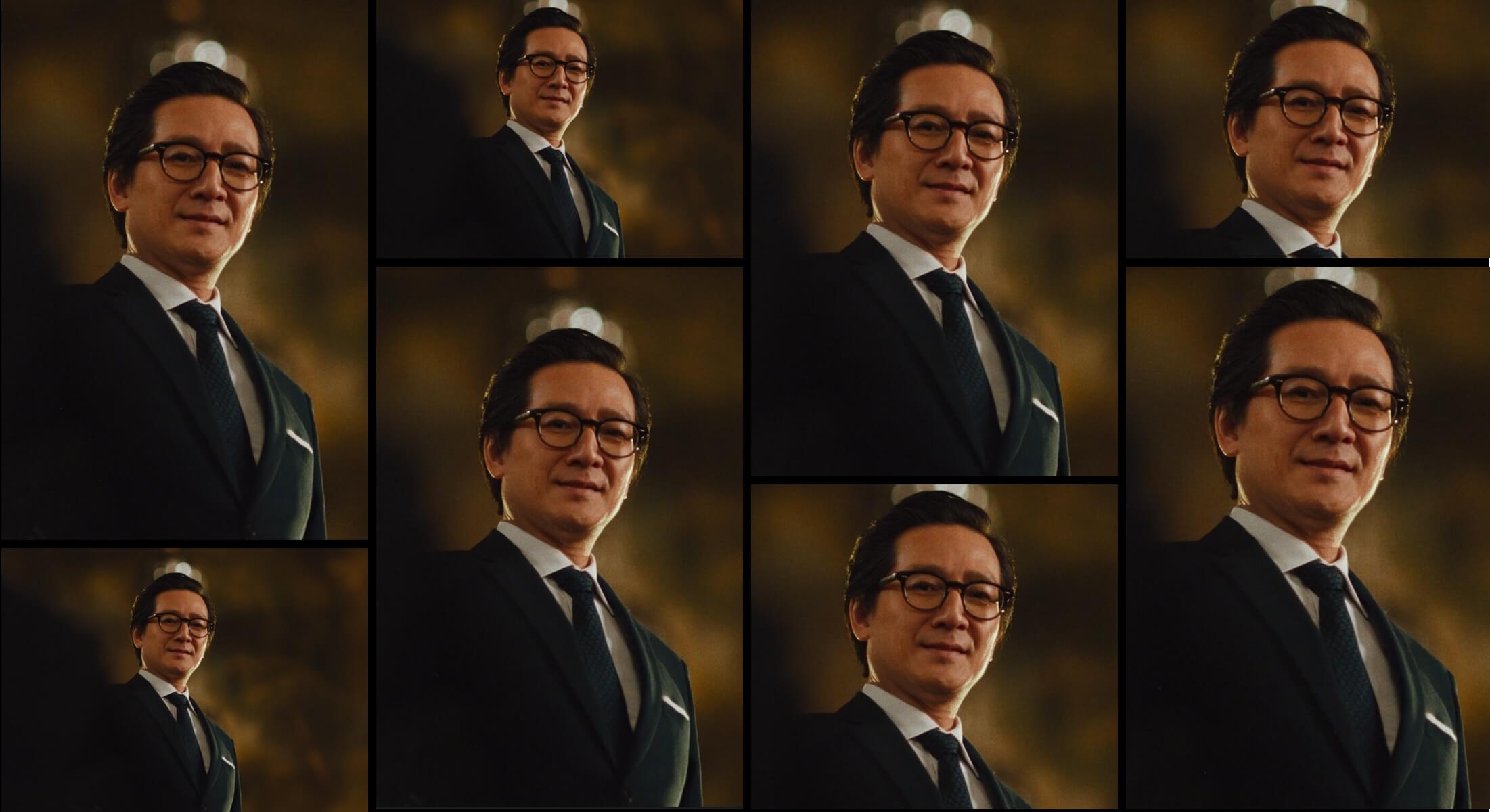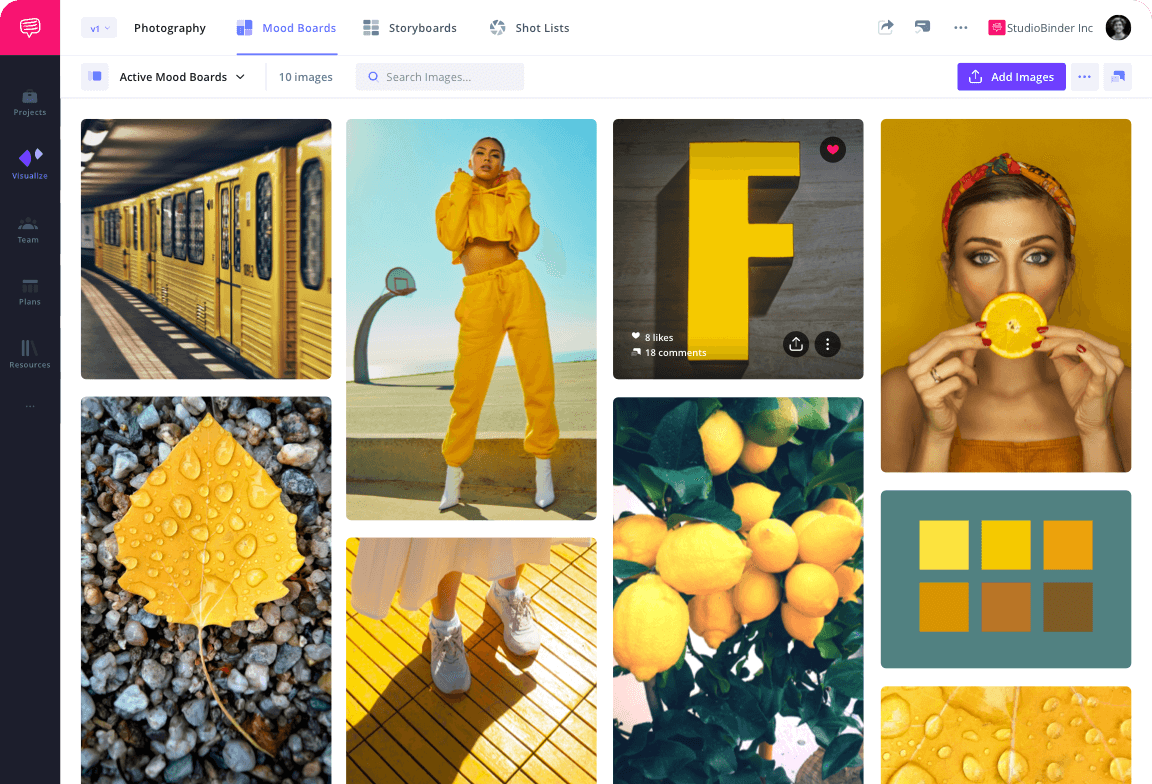home → Camera Movements → Tracking Shot
Tracking shot definition film
What is a tracking shot in film?
A tracking shot is when the camera moves to follow a subject. Usually, this is on a dolly, but you can do a tracking shot without a dolly by using a Steadicam or a handheld rig. Tracking shots have the camera follow the characters as they move, as opposed to a static shot, where the camera stays still.
For an in-depth exploration of this technique, check out our full guide to tracking shots, complete with examples and breakdowns.
Tracking shots in movies
Tracking shot examples
Tracking shots are extremely common in film, and are most often used during action scenes. Browse this curated selection of tracking shots to get a sense of their uses across films.
Places the viewer in the middle of the action
Creates a sense of excitement
Establishes continuity
Set the pace
Tracking Shot Uses
What does a Tracking Shot do?
There are many reasons a filmmaker might choose a tracking shot to tell part of their story.
Drops the viewer into the action
Tracking shots are often used for action shots. By moving with its subjects, a tracking shot can keep up with the action, letting the viewer feel more immersed in what’s going on.
Energizes the story
Since a tracking shot moves with the subjects, it can be used to create a heightened sense of energy.
Establishes new locations or characters
Tracking shots can be used to establish location or introduce a new character. By devoting a tracking shot to the subject, the viewer will understand that whatever is on-screen must be pivotal to the story.
Conveys emotion
Tracking shots are often associated with high energy or action scenes, but they can also be used to follow a character during a moment of sadness or contemplation, and be just as effective.
Tracking Shots
What is the difference between a tracking shot and a panning shot
In a panning shot, the camera moves horizontally. The camera itself stays in one spot, but is turned right or left. In a tracking shot, the camera itself moves on a track. Think of it like this: A tracking spot is like walking alongside something, while in a panning shot, you’d stay still, and just turn your head right or left.
Case study
Shot listing a Tracking Shot
An example of a tracking shot is the opening to Mike Nichols’ hilarious film “The Birdcage,” written by the incomparable Elaine May. In this scene, the camera weaves through the night club where the main characters work, introducing the setting and establishing a key location in the story.
Click the shot list below to take a closer look at the entire scene.
Tracking shots can be used in many ways. Let's dive into the creative ways a tracking shot can be paired with different directions and angles.
Unexpected combos
How can you use a tracking shot with other camera techniques?
How to combine a tracking shot
Tracking shots are a great way to follow the action or establish a location in a film. While some filmmakers choose to do tracking shots on their own, a tracking shot can also be paired with other techniques:
- Long Take or Oner: This is a highly choreographed shot that involves the camera tracking during one, uncut take.
- 360 Degree Shot: This is when the camera circles around the subject. It can be used to create a feeling of chaos or disorientation.
- Leading Shot: In this shot, the camera tracks the subject as they walk toward it.
- Dolly In: This is when the camera moves toward the subject on a dolly.
- Dolly Out: This is when the camera moves away from the subject on a dolly.
- Follow or Over the Shoulder Tracking Shot: This shot follows behind the subject. This can be done on a dolly, but is often done with a steadicam or handheld.
- Lateral Tracking: In this shot, the camera follows alongside the subjects. This is usually used for walk-and-talk scenes.
Frequently asked questions about the Tracking Shot
A tracking shot is used to follow the action in a scene with the camera.
Tracking shots are often used for action scenes, allowing the viewer to feel immersed in the action on-screen. They can also be used to establish a new location or introduce important characters.
In a tracking shot, the camera physically moves, usually on a dolly, to follow the subject. In a zoom shot, the camera stays still, but the lens is zoomed in or out.
Tracking shots involve the camera physically moving to follow its subject. The camera can move in any direction it needs to, whether that’s up, down, back, forward, or even 360 degrees.


